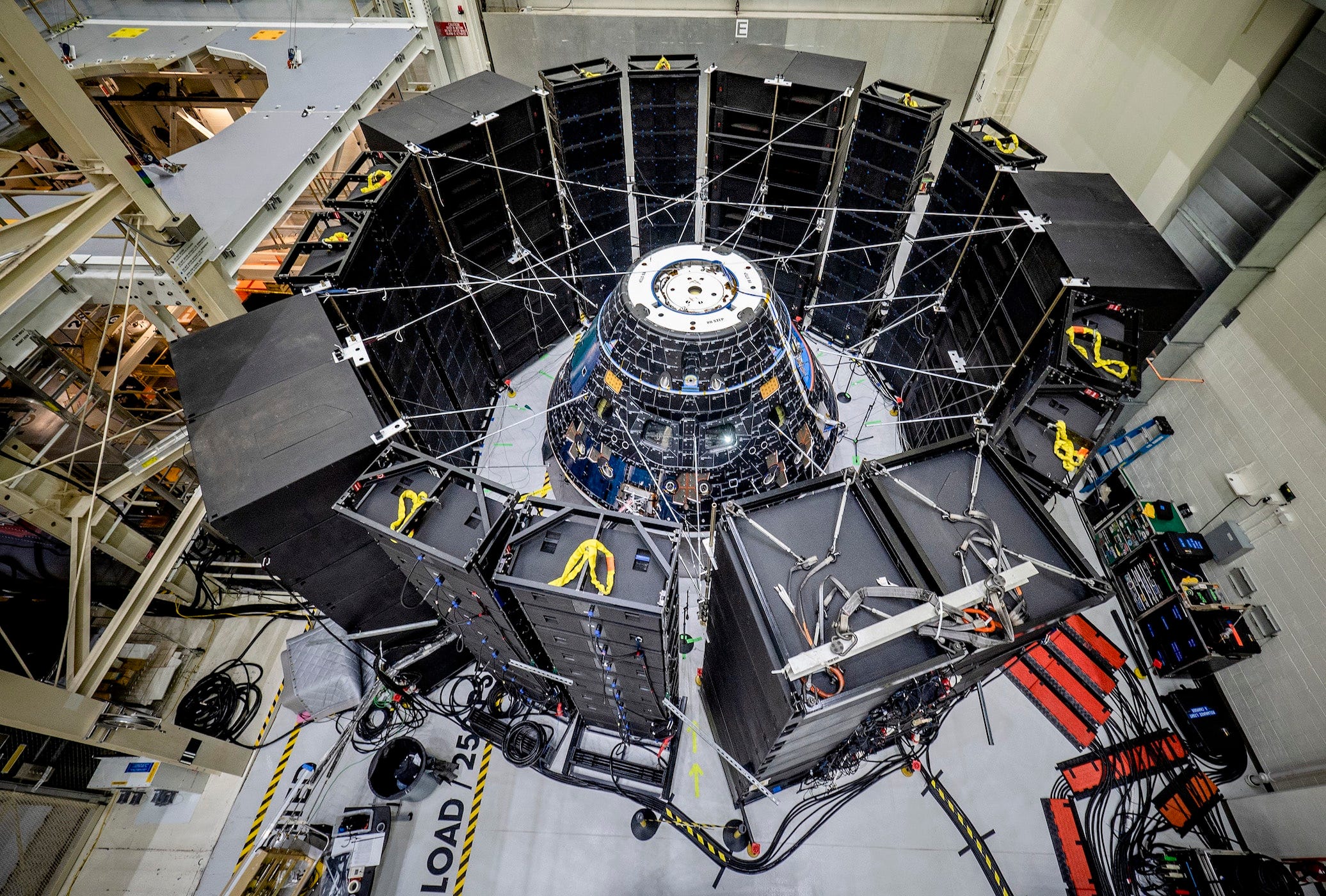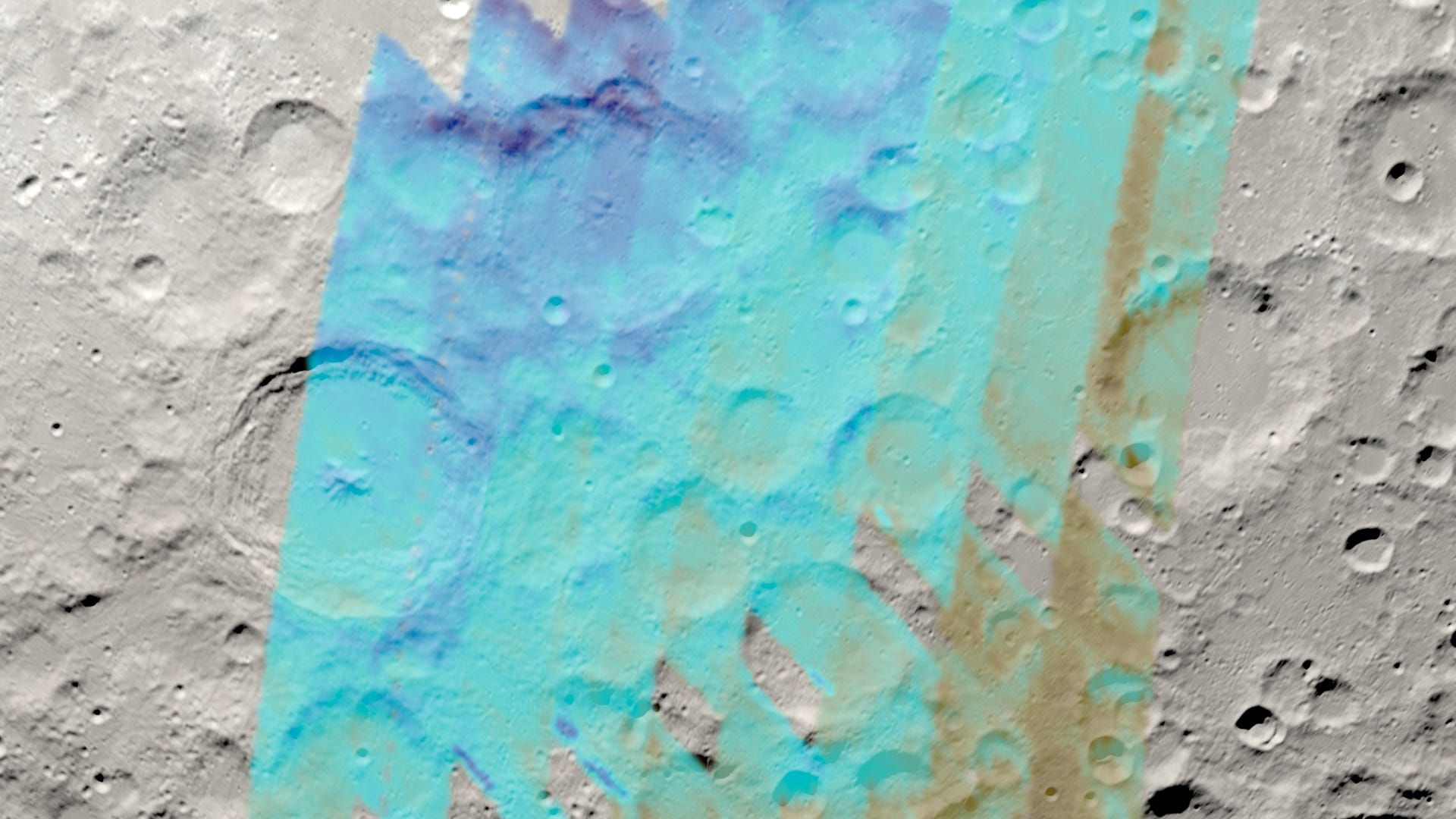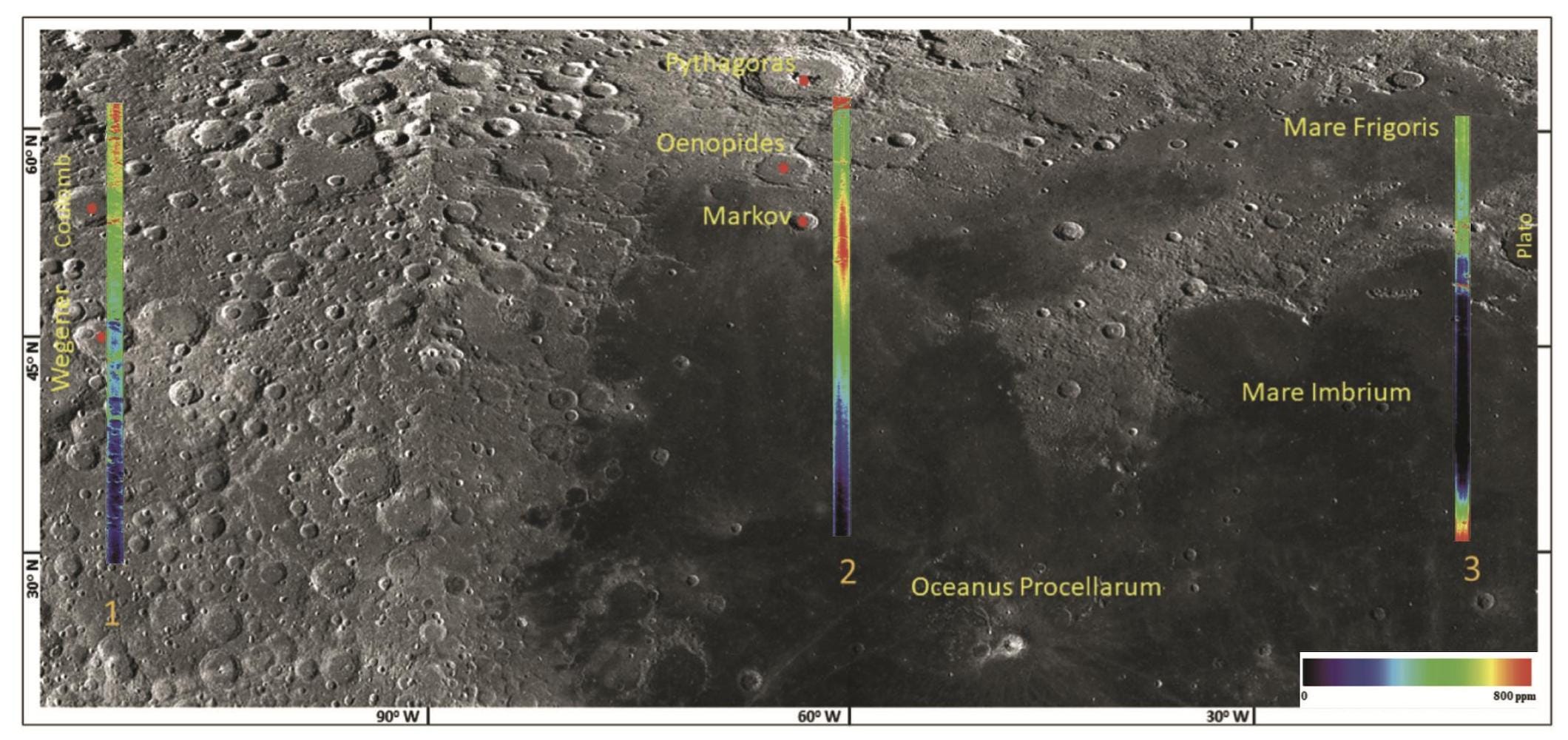Moon Monday #122: Moonstruck maple nation, Artemis updates, a lunar water map, and more
Canada ramps up its lunar exploration ambitions

On March 28, the Canadian Space Agency (CSA) announced long-term budgets to accelerate the country’s lunar exploration endeavors, summarized below in context:
Thanks to Canada contributing the Canadarm3 robotics servicing system to the Gateway, an upcoming NASA-led international lunar orbital habitat, the country has secured not just astronaut seats but also dedicated time to perform science & technology experiments onboard. To that end, CSA will invest $76.5 million over eight years in Canada-led Gateway experiments.
Relatedly, NASA is targeting launch of the Gateway with two core modules in 2025, which will host some interfaces of the highly autonomous Canadarm3 system. But the bulk of it including the arms, which is maturing in its design phase right now with $269 million in funding, will launch in 2027 at the earliest. Canadarm3 will aid in installing and supporting scientific instruments on the Gateway.
Canada will continue investing $150 million over five years in its Lunar Exploration Accelerator Program (LEAP). Previously as part of LEAP CSA chose Canadensys last year to develop the country’s first lunar rover to explore south polar water ice. It will launch on an as-yet unspecified NASA-funded CLPS lander in 2026. It’s also through LEAP that multiple payloads and services are flying on ispace Japan’s first Moon lander right now in lunar orbit, with more payloads being funded.
Canada will invest $1.2 billion over 13 years to develop a “Lunar Utility Vehicle”, which will provide critical assistance to Artemis astronauts on future surface missions. Canada hopes that akin to Canadarm3, this contribution will allow a Canadian astronaut to walk on the Moon as part of a NASA Artemis mission. JAXA also hopes to have a Japanese astronaut on the Moon in return for providing an advanced crewed pressurized rover.
This isn’t the first move by Canada intended to provide infrastructure support for Artemis. Last year, CSA funded five companies to conduct seven concept studies on possible infrastructure contributions to NASA’s future Artemis Basecamp surface habitat. The studies range from food production to mining and power generation. Next up, CSA intends to soon fund five of these to start prototyping hardware.
Artemis updates
Hardware progress continues for NASA’s Artemis II mission to fly four astronauts around our Moon and back. The latest update concerns the 15,000-kilogram European Service Module (ESM), which will provide propulsion, water, oxygen, thermal control, and electrical power to the Orion capsule hosting the astronauts. As part of an ongoing series of standard space-simulating tests, the ESM is undergoing acoustic testing with large speakers that simulate the intense sounds and vibrations of an SLS rocket launch. During launch, the ESM needs to endure a maximum sound level of 140 decibels, an experience akin to standing next to a speaker at a live rock concert. Fun fact: To that end, ESA says the speakers used to test ESM are also rented for concerts!
Tangent: NASASpaceflight details how Integration Console engineers on the Artemis II launch team would work with the astronauts to ensure smooth launch day activities.

NASA published a document on April 5 explaining the systems engineering methodologies the agency is using to develop and refine its Moon to Mars Objectives, something central to its long-term human exploration plans. This comes just as NASA’s Exploration Systems Development Mission Directorate (ESDMD) formed a new Strategy and Architecture Office, which will lead the development of an integrated master plan for crewed Artemis missions based on said objectives.
Many thanks to Epsilon3 for sponsoring this week’s Moon Monday.
Scientists continue better understanding water’s movement on our Moon
One of the last scientific contributions by NASA-DLR’s now-retired, airborne SOFIA infrared observatory is a new wide-area map of water on our Moon’s surface as observed in February 2022. It supports previous research results which suggest that lunar surface water hops and accumulates in shaded regions over the day.

The upcoming NASA-funded Lunar Trailblazer orbiter will better monitor how lunar water migrates across sunlit regions in a wide range of latitudes. ISRO’s Chandrayaan 2 orbiter has already detected both water and hydroxyl molecules in three different sunlit lunar areas, across a wide latitude range, to help scientists understand how water is produced and transported across the surface.

Both these orbiters can use finer spectral data and and better temperature measurements from lunar orbit to better apply thermal corrections and achieve a better signal-to-noise ratio than the Earthbound SOFIA, where scientists had to deal with more false positives due to water in our atmosphere. And so, we’ll soon get a better handle on exactly how water moves across the Moon, day and night, and how some of it settles inside permanently shadowed regions.
More Moon
- ISRO organized a workshop on March 28–29 to train students and researchers on lunar science and data analysis, especially for the expected in-situ measurements from instruments on the soon-launching Chandrayaan 3 lander and rover respectively.
- Andrew Jones reports that China has invited long-time space partner Venezuela to support the joint Sino-Russian long-term scientific base on the Moon’s south pole, called the International Lunar Research Station (ILRS). According to a joint statement, Venezuela intends to sign a Memorandum of Understanding as soon as possible. The country of Pakistan is another such candidate, considering that their first lunar orbiter ICUBE-Q will launch aboard the Chang’e 6 lander in 2026.
- For All Moonkind, a nonprofit aiming to protect heritage lunar landing sites, has started the Institute on Space Law and Ethics. Their primary goal is to draft a series of white papers to help governments with ethical issues surrounding commercial lunar exploration, especially in cases where regulations wouldn’t have yet caught up with drastic technological advancements.
- The Spring Meeting of the Lunar Surface Innovation Consortium, a key group which formally supports NASA’s lunar technology developments, will be on April 24–25. Day 2’s CLPS program updates might be something to look out for.
